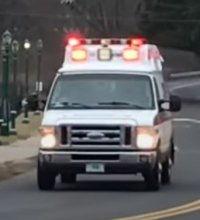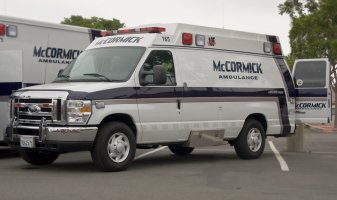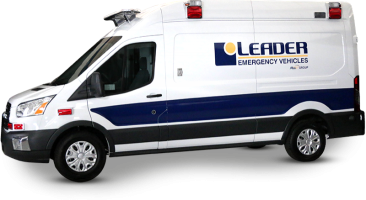The old code3 mx and excal bars were notorious for "crispy" wiring.
I'm sure that didn't change when they switched to led. The sun does a job
on those thin wires.
The Code 3 bars that look like the bottom half of one of their old rotator bars filled with LEDs always come with brittle and cracked wires. If you take how later MX7000 wires got and multiply that by 10 you have a good idea. These bars either had individually wired self contained LED heads, a flasher board, or both. The version with individual flashing/steady heads were popular with van ambulance companies because you could get your primary flashers and side scene lights jammed into the bar and still have other flashing lights without needing a flasher. Van ambulances are essentially disposable, and these bars last about as long as the trucks. A van ambulance owned by a private company would commonly have 300k miles, 2 engines and 5 years of service.
On a side note the "AMR Special" Whelen edge outlived the trucks, which is cool. These bars had the primary flashers (700 halogen or LED) and 4 strobes (400 or equivalent) in the bar so no front flashers were needed on the truck. Leader Coach used them a lot, but when AMR bought a van with front flashers on the box (AEV or Wheeled Coach) these bars often just sat above them and mirrored those flashers. I have a few examples in videos below, these are the Whelen bar and the bar mounted on trucks where they really were not needed.
Here are some pictures of how the bar's internal "primary lights" mirrored the ones on the box.


These are pictures of why bars that include "primary" lights might be made, i.e. because of the design of the front of Leader Coach vans both old and new lack "primary lights".










